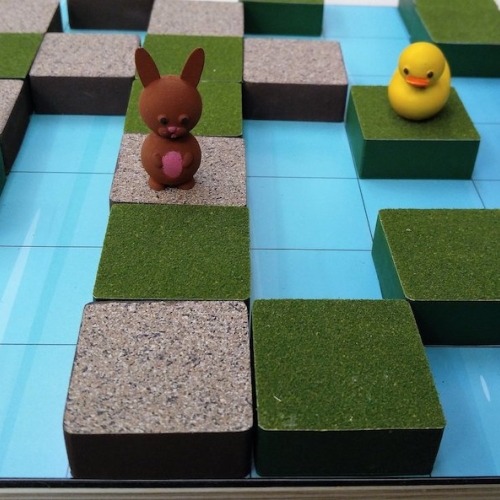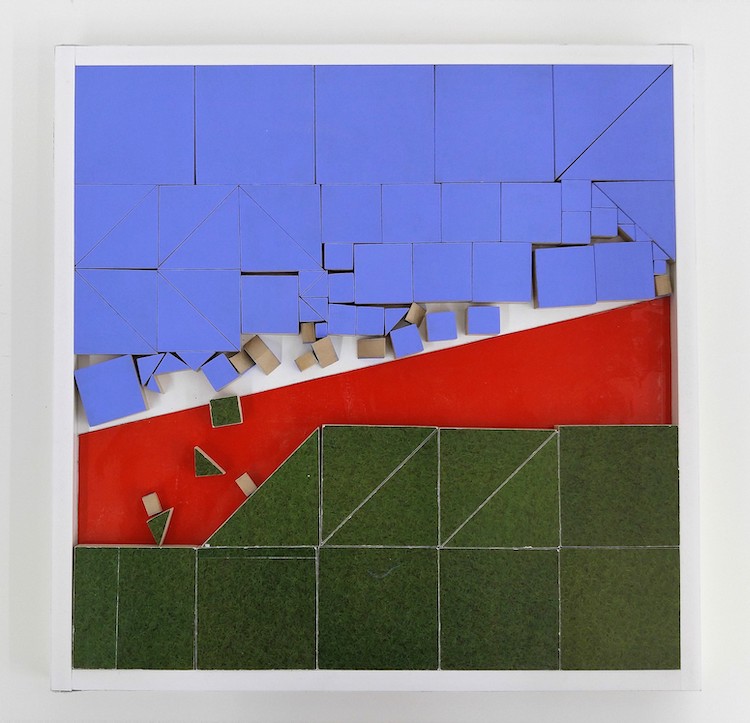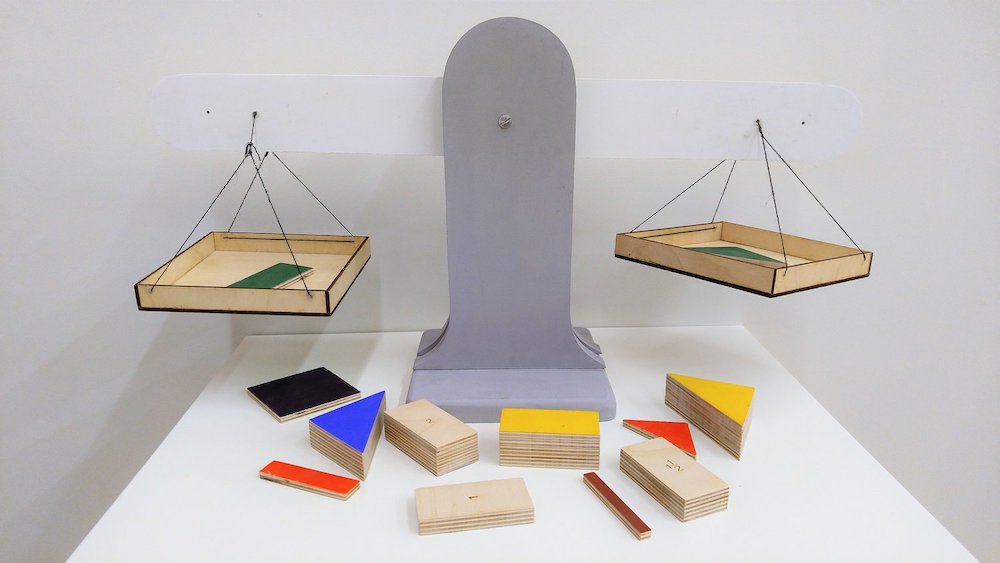Toys 4 Thoughts by Tanushree Sengupta MDes '17

Learning Math Through Play: Toys for Thoughts
Reconsider Design of Games
I chose my thesis project with the intent of introducing complex mathematical concepts into children’s toys, specifically from the ages of 4–9. I was a mechanical engineering major and worked for two years as an engineer before beginning the Product Design program at UArts. My inspiration for this project came from my real world experience as an engineer who, for the first time ever, realized that most of my colleagues and indeed most Americans struggle with math. I used my thesis year to try to find a way to weave my technical expertise and my design interests together. From the beginning and throughout the year, I worked from the premise that learning through play is effective because it aids in memory retention. If children associate what they learn with pleasant childhood memories there’s a greater chance that they’ll retain the information.
For this ongoing passion project, I tackle the difficult issue of math literacy in the U.S., particularly in early childhood. All aspects of this work are my own, including woodworking, user-based design practices, conceptualization, testing effectiveness and durability, manufacturing (DFM, FEA, strength analysis, material choices) and graphics (colors, fonts, game art and packaging art).
What have studies indicated are weakening math performance in the US?
Why is it a mistake to move math to abstraction too early?
What are alternative educational models for early math education?
What is the role of tactile learning and manipulatives in aiding math education?
These are the big questions that serve to guide me through the design process. I created Toys 4 Thoughts, which at this time contains a line of 7 educational toys that aim to encourage learning math by introducing complex mathematical concepts in fun, memorable ways. Two are currently available for purchase.
Toys 4 Thoughts presents math using a combination of concrete objects and abstract representations.
Manipulatives alone aren’t enough. The best manipulatives are those that bridge the gap from concept to abstraction. My work exists largely within the representational realm of the learning process.
Priorities
1. Self-directing
2. Alleviate math teaching fears for parents/teachers
3. Toys are used often (scaffolding as a teaching method)
Among the math concepts I tackle are: fractions, algebra, geometry, area, algorithms, patterns, counting, measurement, data (recognition and collection) and calculus (integrals).
1. Design
2. Consult professionals
3. Design
4. Test with children
5. Repeat
My process is entirely user-based, including feedback from testing with children and consulting with educational professionals and parents alike. Please check out Toys 4 Thoughts for a thorough explanation of my inspiration, design process, research methods and instructions for each game.











